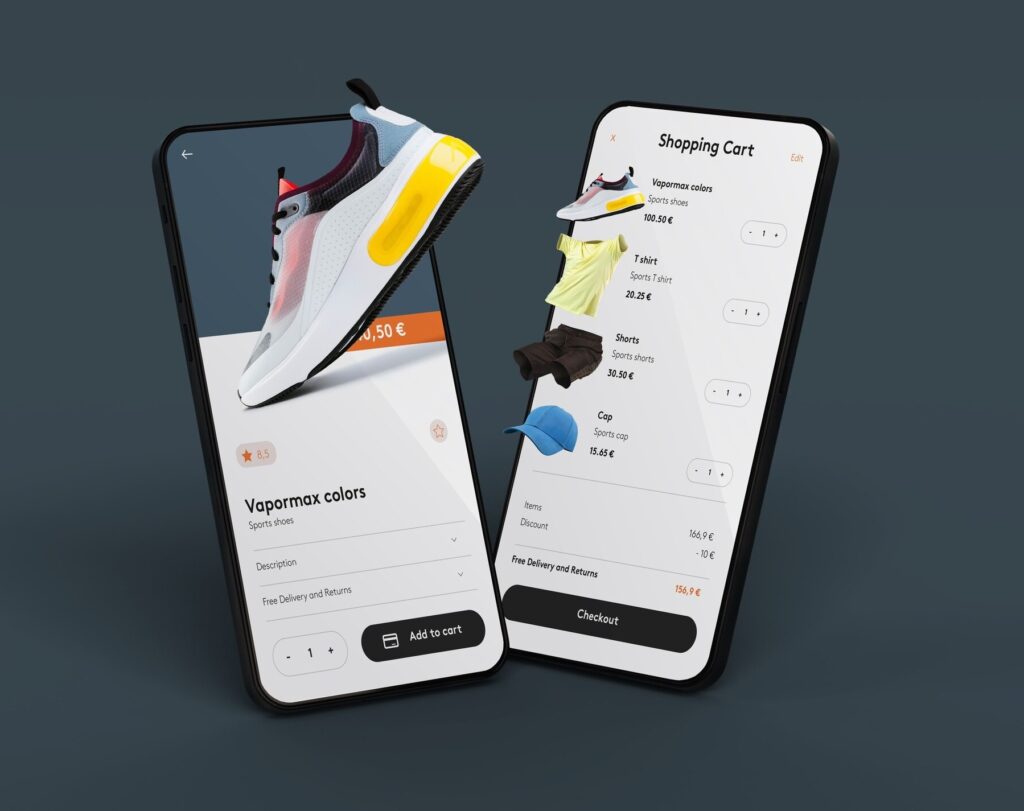Exploring Full Site Editing (FSE) and Modern Block Themes in 2025
Over the years, it has evolved into a powerful Content Management System (CMS), powering more than 40% of websites globally. One of the most transformative changes in recent years is the shift towards Block Themes and Full Site Editing (FSE) — a revolution that’s redefining how websites are built in WordPress.
In 2025, block-based design isn’t just a trend; it’s the future. For designers, developers, and even absolute beginners, block themes and native FSE tools are making website creation faster, more flexible, and code-free.
In this article, we’ll explore:
- What block themes are
- How Full Site Editing (FSE) works
- Advantages of using native block tools
- Key features and best practices
- The future of theme design in WordPress
🧱 What are Block Themes?
Unlike traditional PHP-based themes, block themes leverage the WordPress Block Editor to design every part of a website, including:
- Header
- Footer
- Sidebar
- Single post templates
- Archive pages
- Custom page layouts
Everything is editable using blocks and patterns, which eliminates the need for custom coding or complex page builder plugins.
Key Characteristics of Block Themes:
- Built for Full Site Editing (FSE)
- Utilizes theme.json for global styles
- Template parts are designed with blocks
- Highly modular and customizable
- Lightweight and performance-focused
🎨 What is Full Site Editing (FSE)?
Full Site Editing (FSE) is a set of features in WordPress that allows users to design and manage their entire website visually using the Block Editor, without touching theme files or writing code.
Before FSE, customizing elements like headers, footers, or archive templates required:
- PHP template modifications
- Child themes
- Custom CSS
- Page builders like Elementor or Divi
With FSE, these tasks are simplified:
- Templates and template parts are assembled using blocks
🔍 Why Block Themes are Revolutionizing WordPress Design
1. Code-Free Full Site Customization
FSE democratizes website building by allowing non-developers to design every aspect of their site visually. You no longer need to edit PHP files to change layouts.
2. Faster, Streamlined Workflow
Block themes simplify the theme development process. No more juggling between theme files, customizer, and third-party builders. You work within a unified editing environment.
3. Performance & Speed
Block themes are generally lighter than traditional multipurpose themes + page builders.
4. Consistency Through Global Styles
The theme.json file controls global typography, colors, and spacing. This ensures visual consistency across the entire website while reducing the need for custom CSS.
5. Design Flexibility with Patterns & Template Parts
Template parts (e.g., header, footer) can be created once and reused site-wide.
🏗️ Core Components of Block Themes & FSE
1. Site Editor
Accessible via Appearance > Editor, the Site Editor allows you to:
- Modify headers, footers, and content templates
- Design homepage, archive, and single post templates
- Add or edit template parts
- Customize global styles
2. Block Patterns
Patterns are reusable block layouts. They can include sections like:
- Hero sections
- Pricing tables
- Testimonials
- Call-to-actions
Patterns can be native (included in your theme) or imported from the Pattern Directory.
3. Global Styles Interface (GSI)
Manage global design elements visually:
- Color palette
- Font families and sizes
- Layout spacing
- Button styles
This eliminates repetitive styling and ensures design consistency.
4. Template Parts
Reusable structural blocks like:
- Header
- Footer
- Sidebar
You can create multiple versions (e.g., a different header for landing pages) and assign them to templates.
5. Theme.json File
The backbone of a block theme, theme.json defines:
- Design settings (color palette, typography, layout)
- Editor settings (which blocks users can customize)
- Default block styles
This JSON file reduces the need for custom CSS and improves performance.
🚀 Popular Block Themes in 2025
If you want to start designing with FSE, here are some of the best block themes:
| Theme | Features |
| Twenty Twenty-Four | Official WP default theme, showcases full FSE capabilities |
| Frost | Clean, minimal design with custom patterns |
| Blockbase | Starter theme for developers, highly customizable |
| Ollie | Beginner-friendly with onboarding wizard and pre-made layouts |
📝 Building a Full Website with Block Themes: A Step-by-Step Overview
Step 1: Choose a Block Theme
Go to Appearance > Themes > Add New, and filter by Block Themes. Install and activate a theme that suits your design goals.
Step 2: Open the Site Editor
Navigate to Appearance > Editor (Beta) to access the Full Site Editing interface. You can now see your entire site structure.
Step 3: Customize Template Parts
Edit your Header and Footer directly:
- Add a site logo block
- Include navigation menus using the Navigation block
- Insert social media icons or a search bar
Save changes, and they apply globally.
Step 4: Design Templates
Templates control how content types are displayed:
- Single – Blog posts
- Page – Static pages
- Archive – Category/tag pages
- 404 – Error page
Modify layouts using blocks like:
- Featured image
- Post title/content
- Query loop (for blog posts)
- Sidebars or columns
Step 5: Insert Patterns for Quick Sections
Enhance pages by inserting pre-designed Patterns for:
- Hero banners
- Call-to-action sections
- Testimonials
- Pricing tables
Patterns help build professional-looking pages in minutes.
Step 6: Set Global Styles
- Choose brand colors
- Set heading and body fonts
- Define default block styling (buttons, links)
These settings will reflect site-wide, ensuring consistency.
Step 7: Publish and Preview Responsively
Preview your site on different devices. Adjust block margins, padding, and font sizes for mobile responsiveness within the block settings.
🌟 Benefits of Adopting Block Themes in 2025
| Benefits | Description |
| Visual Design Freedom | Build layouts visually without code |
| Simplified Workflow | Edit all parts of your site within the WordPress editor |
| Better Performance | Cleaner codebase than page builders |
| Reusable Components | Patterns and template parts save time |
| Future-Proofing | Block themes are the future of WordPress development |
🚫 Common Challenges (and Solutions) with FSE & Block Themes
- Learning Curve for Traditional Users
- Solution: Start with hybrid themes or simple layouts. Explore the WordPress Pattern Directory for pre-built sections.
- Solution: Start with hybrid themes or simple layouts. Explore the WordPress Pattern Directory for pre-built sections.
- Plugin Compatibility Issues
- Solution: Stick with block-compatible plugins. Many major plugins (like WooCommerce) now offer full block support.
- Solution: Stick with block-compatible plugins. Many major plugins (like WooCommerce) now offer full block support.
- Limited Design Freedom in Some Themes
- Solution: Choose well-supported block themes (like Ollie, Blockbase) that offer flexibility and extended patterns.
- Solution: Choose well-supported block themes (like Ollie, Blockbase) that offer flexibility and extended patterns.
- Beta Features & Bugs
- Solution: Always test in a staging environment and keep WordPress core and themes updated to the latest versions.
- Solution: Always test in a staging environment and keep WordPress core and themes updated to the latest versions.
🔮 The Future of WordPress Theme Design
The WordPress ecosystem is moving rapidly towards block-first development. Traditional PHP-based themes will eventually phase out, giving way to block themes with modular components, dynamic design control, and minimal code dependency.
Future trends include:
- AI-assisted design patterns
- Global style presets and design tokens
- Advanced block libraries for niche industries
- Theme-less design workflows (block-only site kits)
Page builders like Elementor and Divi are also shifting to adapt within this block-first paradigm.
🏁 Conclusion: Embrace the Block Theme Revolution
It empowers anyone — from casual bloggers to professional designers — to build fully customized websites without writing code.
While FSE is still evolving, its potential is undeniable. As WordPress continues refining its native tools, embracing block themes today will put you ahead of the curve for tomorrow.

